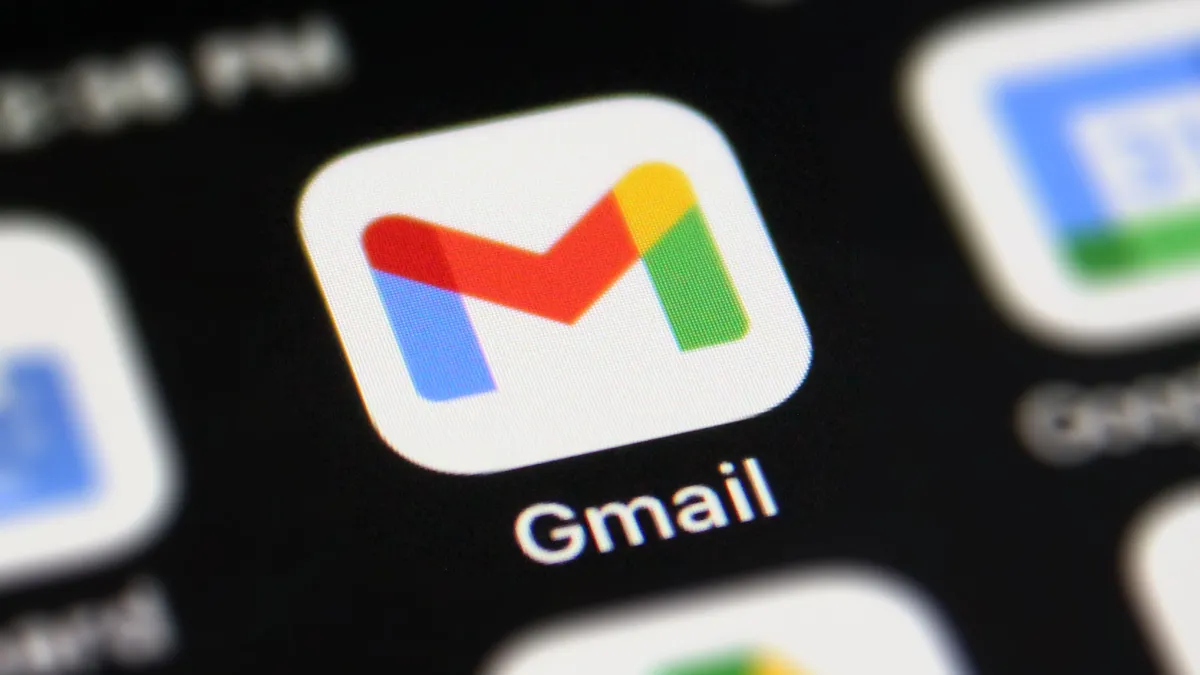In the constant battle against overflowing inboxes, the “unsubscribe” link often appears as a beacon of hope. It promises liberation from unwanted emails, a quick fix to restore order. For millions of Gmail users, it’s a common reflex—click and be done with it. But here’s the unsettling truth: that click, in some cases, might be doing more harm than good. Cybersecurity experts and a growing number of real-world incidents are uncovering the darker side of that simple action. What looks like a harmless way to clean your inbox might actually open the door to scammers, more spam, or worse—a full-blown malware infection.
Key Takeaways:
- Clicking ‘unsubscribe’ in suspicious emails can alert scammers that your email address is active.
- Some links redirect to phishing sites designed to steal personal information.
- Others may initiate malware downloads without any visible warning.
- The safest action for dubious emails is marking them as ‘Spam’ or ‘Junk.’
- Gmail’s built-in unsubscribe option (at the top of verified emails) is generally safe.
The Unseen Trap: How a Simple Click Becomes a Major Threat
The scam works because it plays on something quite relatable: the urge to control our digital clutter. When an email arrives from an unknown or vaguely familiar sender, it’s tempting to hit ‘unsubscribe’ and be done with it. But scammers know this too. And they exploit it.
A fake unsubscribe link often does the opposite of what it claims. Rather than removing you from a list, it may do one (or several) of the following:
- Email Verification: Clicking confirms your address is real. Scammers, who often blast emails to random or purchased lists, use this click as confirmation. A live email address becomes more valuable for future scams or resale.
- Phishing Redirects: Instead of unsubscribing, the link might whisk you off to a site designed to mimic a trusted platform. It could be your email provider, a bank, or even a streaming service. You’ll be prompted to log in or provide personal information—all under false pretenses.
- Malware Download: Some of these links are traps laid with more aggressive intent. One click might start a silent download of spyware, ransomware, or Trojans. You might not even notice anything at first. But the damage can be extensive, even irreversible.
- Data Harvesting: Others take a more subtle route—redirecting you to a form or fake survey. You’re asked for details: name, birthdate, maybe a phone number. It seems benign, maybe even helpful. But all that data gets stitched together to build a detailed profile for future targeting.
Identifying the Threat: Spotting a Malicious Email
So, how can you tell if an email’s up to no good? Here are some clues:
- Unfamiliar Senders: If the name or address feels off—like a strange variation of a known company—that’s a red flag.
- Generic Greetings: Anything like “Dear User” or “Valued Customer” instead of your name might be a mass-targeted scam.
- Sketchy Links: Hover over the link (don’t click!) to see where it leads. A suspicious or mismatched URL is often a giveaway.
- Urgency or Threats: Messages that say things like “Act now or your account will be suspended” are classic scare tactics.
- Bad Grammar or Odd Formatting: These aren’t always definitive, but they’re often present in scam emails.
- Random Content: If you’re getting emails about services or purchases you don’t recognize, think twice before clicking anything.
Protecting Your Inbox: Safe Unsubscribe Practices and Beyond
Here are safer ways to handle the mess:
- Mark as Spam: This is usually your best bet. It trains Gmail to flag similar messages and doesn’t alert the sender that your address is active.
- Use Gmail’s Built-In Unsubscribe: That little link near the top, when it appears, is vetted by Google. If it’s there, it’s typically safe.
- Report Phishing: Found under the dropdown menu in Gmail, this option not only removes the email but helps protect others.
- Watch Out for Freebies: Emails promising free gift cards or unbelievable deals? Tread carefully. These are often bait.
- Adjust Your Filters: Gmail’s spam filter is strong, but not perfect. Check your settings, and consider custom filters for repeat offenders.
The Broader Phishing Problem: A Constant Cyber Threat
The unsubscribe scam is just one technique among many. Phishing remains one of the most successful and widespread tools for cybercriminals. Reports continue to show that human error, especially through email, is a major cause of security breaches.
These scams often rely on social engineering—tricking users by impersonating legitimate entities or preying on emotion. Education and awareness remain crucial. Each user is a potential target, and every email interaction carries a degree of risk.
Beyond Unsubscribe: General Email Security Best Practices
Looking beyond just the unsubscribe issue, here are some broader habits worth adopting:
- Use Strong, Unique Passwords: Think long, complex, and never recycled across sites.
- Enable Two-Factor Authentication: It adds an extra step, but it can be the barrier that keeps your account secure.
- Be Cautious with Attachments: Especially from unknown senders. Even known senders can be compromised.
- Check Your Account Activity: Many services let you see recent logins. If something looks off, act fast.
- Keep Software Updated: Those annoying updates often fix critical vulnerabilities.
In the end, what seems like a tidy solution—clicking “unsubscribe”—can sometimes be a backdoor to bigger problems. Taking a few moments to verify an email’s legitimacy or to report it can save you from far greater headaches later. In today’s online world, a little skepticism goes a long way.



















